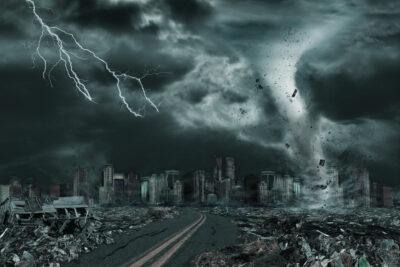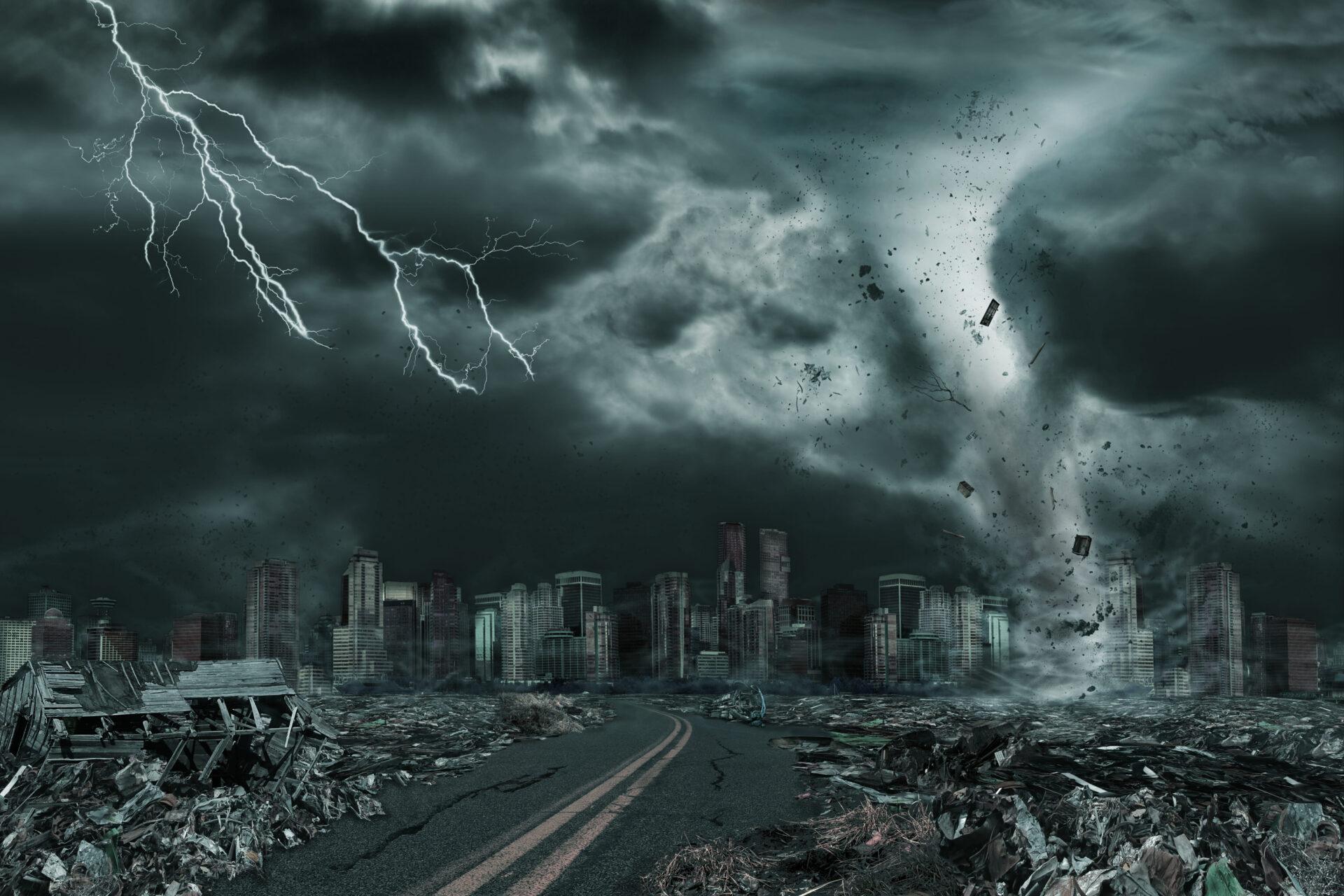
Of all the potential nightmare scenarios for disaster, an attack by high-altitude EMP (electromagnetic pulse) seems to be the worst in many people’s minds. The potential for destructionof our electric grid is said to have the potential for setting us back, technologically speaking, by over a century; landing us right in the midst of the 1800s. Since we don’t have the knowledge and tools to survive in the 1800s, many of us would die of starvation, if diseasedidn’t get us first.
I won’t argue this position since it originated with the EMP Commission’s report. A report, I might add, which was generated by the country’s top experts in EMP and its effects. These aren’t conspiracy theorists or fear mongers. They are scientists who believe that such an attack could cause the death of between 60 and 90 percent of our population.
The loss of all of our electronics would be a significantloss to society. But that’s nothing compared to the loss of the electric grid that powers all those devices. Electronic devices can be replaced, but losing the electrical generating capability of our nation, as well as the ability to transmit that power to the millions of homes, businesses and other end-use pointsis a much greaterproblem. Even if the power generating stations themselves canbe salvaged, it willtake decades to restore the entire grid.
Of course, this would be a race against time, as the massive numbers of deaths projected by the EMP commission arefor the first year after the EMP. Considering that the lead time to have a substation transformer built is one year, and there are over 55,000 substations in the country, chances are that death would win the race over the restorationof our power.
But I have faith in our country and even more in our countrymen. The people of the United States are known for their innovation, tenacity, “can do” attitude and pioneering spirit. I believe that these are still there, just waiting for the right circumstances to bring them out.
But What About the Grid?
In reality, I don’t believe that the electric grid would be able to be restored in the aftermath of an EMP. Oh, it might be restored 20 or 30 years down the road, but there just isn’t the manufacturing capability available to build all those transformers and everything else that is necessary. At least, not for the whole grid.
On the other hand, I think we’ll see a lot of activity going into restoring electrical service on a local level, for those who are close to power plants that survive. Unsurprisingly, those will be the older plants, which probablyhave control systems that can survive the EMP. There’s also a chance that nuclear power plants will escapemostlyunscathed, as they are built to withstand the effects of an EMP.
The big problem probably won’t be so much producing the power, as it will be delivering it to where it is needed. That’s why I say that restoration of the grid will start out only on a local basis; local power companies areproducing electrical power and providing it to those who are close enough to their operations, that they can use surviving technology to deliver it.
Even this will require some heroic engineering, bypassing existing controls and modifying equipment. But I believe it will be possible. The big question will then be how much fuel those power plants have available to them. Gas-fired plants won’t be able to run, because they won’t have any natural gas. The ones that will be most likely to be made functional will be hydroelectric and coal-fired plants.
So What?
Will that electrical power do any good? That depends once again on the ingenuity of the American people. The consensusis that an EMP will take out all of our electronics, exceptwhat is in Faraday Cages. But what most people forget, is that there are massive Faraday Cages all across the country, filled with electronic equipment.
The Faraday Cages I’m referring to arewarehouses. Most warehouses, except for the really oldones, are metal buildings with metal roofs. As long as the electronics inside them are not in contact with the building itself, which the packaging does an excellentjob of ensuring, they will be protected from the EMP by the building itself.
What won’t be protectedis the inventory control systems, which are all computerized. Since one of the ways that EMP attacks electronics is by passing through electrical wires, we can count on the inventory control computers being fried, along with their electronic records. So people who know what is in those warehouses will have to physically inventory it, and then probably bring the critical equipment down off of warehouse shelving with block and tackle. But it can be done.
With those resources available, engineers and technicians will be able to start restoring technology, opening factories and hospitals and putting people back to work. Again, this won’t be on a nationwide level, but rather on a local level. How much will be able to be restored in any particular area will depend a lot on the resources that are in that area.
From there, the next step will be tobegin trading between neighboring cities. People will have goods to barter and will have things they will need. If the nearbytownshave those things, business will happen.
Of course, the most significantneed will be food. Rural farming communities will be at an advantage, sitting on the most criticalcommodities in the country. The big problem will be in distribution, which will be extremely difficult, without gasoline and diesel to run vehicles.
In Conclusion
While the things I’m saying here don’t diminish the danger of an EMP attack, they do show that there is a possibility of surviving it. Many people will probably still die, especially in the larger cities. Those cities will run out of resources first, causing people to die of dehydration, starvation, anddisease. But smaller communities will have a chance; how much of an opportunitywill depend on the resources they have available to them, and thetechnical knowledge to make use of those resources.
Ultimately, the United States will survive an attack by EMP. Sadly, many of our citizens will die, andthe country that emerges will probably look much different than it does today. If I were to guess, I would say that it would more closely resemble the nationwe were during the westward expansion, with some variation of modern-day technology thrown in. But chaos would become normal, at least for a decade.
In the end, it will be up to those left torebuild this country. You and I, as preppers, are prayerfully planning on being some of those survivors. That said, it might be a good idea for us to plan on being ready to rebuild the country we inherit, when and if that time comes.
Bring your Bible though… we’re going need some rules. A biblical worldview built this country in the Colonial period and gave guidance during the movement West in the 1800s. It will work again. It’s that kind of book.










